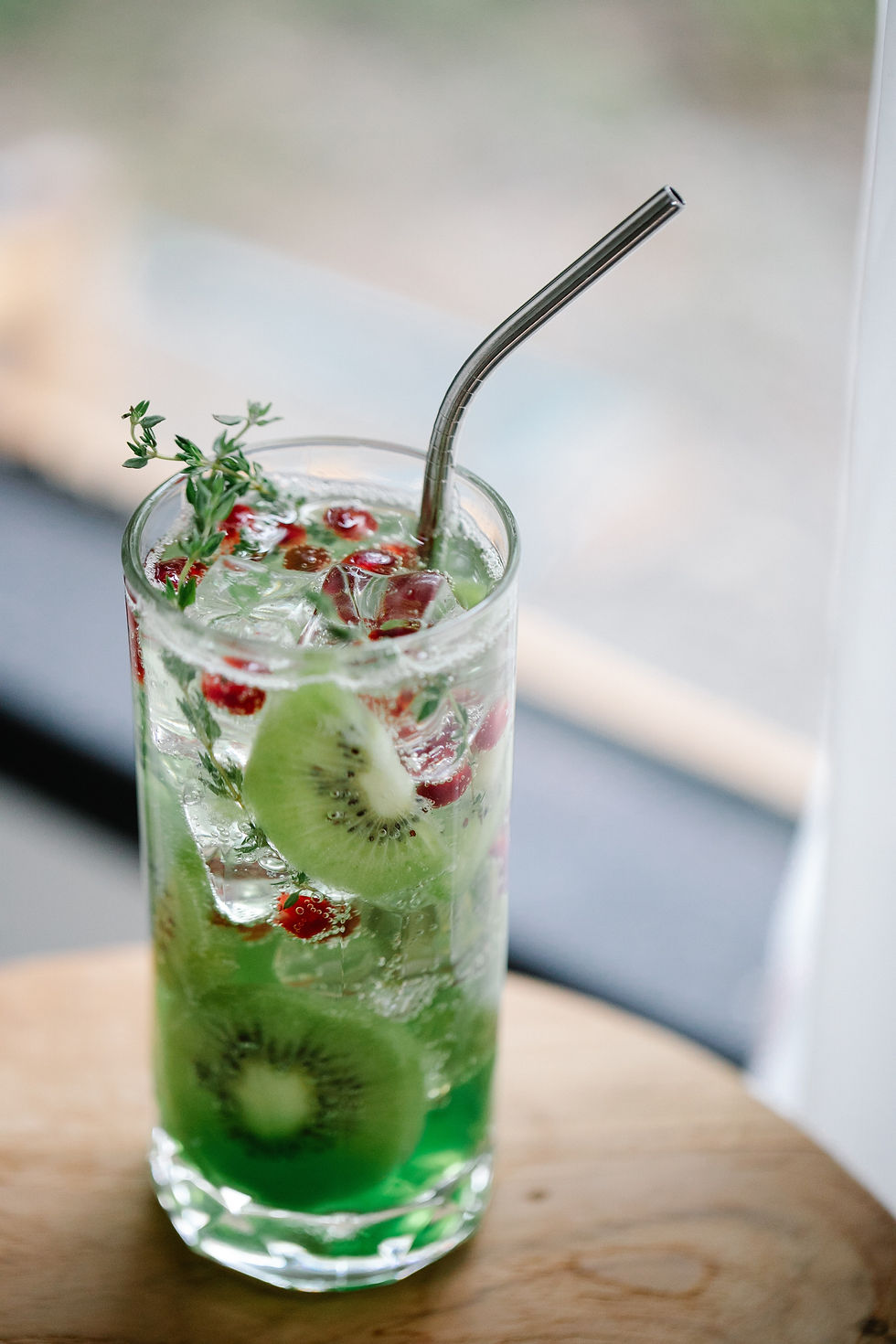Sharbat: A Sweet, Tangy, Drinkable Persian Delight
- Digital Marketing
- Jan 17, 2022
- 3 min read
Updated: Feb 25, 2022
Wintering is hard. Especially in Minnesota. Feel a tad more refreshed by treating yourself to sharbat: and ancient, icy Persian beverage that will wake up your taste buds.

Minneapolis is currently trudging through the deepest, most bitterly cold part of winter. The days are short, the air is biting, and Seasonal Affective Disorder has reared its ugly head. What better escape than to sip on a refreshing, intensely flavorful glass of “sharbat”; a sweet, tangy, icy beverage hailing from Iran. Most cultures having to endure sweltering temperatures during at least some part of the year have their own tasty treat to cool down and re-energize; the United States has ice cream, Italy has gelato, The Philippines has halo-halo, India has kulfi, and Persia has sharbat.
Sharbat, meaning “drink of sugar and water” in Persian, has three foundational components; sweet, tangy, and liquid; poured over one crucial ingredient: ice! There are infinite ways to concoct this non-alcoholic treat depending on the region in which it’s being enjoyed and the ingredients available:
Sweet: honey, molasses, simple syrup, fruit (barberry, pomegranate, mango, strawberry)
Tangy: vinegar, lime juice, tamarind, sour cherry
Liquid: water, milk
Some sharbats are infused with floral waters such as rose or orange blossom. Some feature spices and herbs like basil seed, mint and cilantro that perfume the liquid. Others even have a chewy component such as chia seeds or grated cucumber. Rooh Afza is a common version in India, made with lemon and rose syrup. In Iran, one of the most popular versions of this drink, “sekanjabin”, is made with vinegar (“serkeh”), honey (“angabin”), and often cucumber and mint.
Sharbat is a beverage consumed during happy, festive occasions according to the “grande dame of Iranian Cooking”, Najmieh Batmanglij, author of Food of Life and Cooking in Iran. Weddings. picnics. parties. birthdays. and of course, hot summer days. It is a drink served to guests to welcome them into one’s home. How did such a libation, now engrained in Persian and other cultures, come to be?
People have been consuming sharbat for over 1500 years, but the drink became really popular in the 600’s during the Muslim conquest of Persia when wine, Iranians’ former drink of choice, became forbidden. Caravans of wealthy merchants traveling the Silk Road through the hot, dry Iranian Plateau would stop to cool off with one of these beverages filled with ice, which was ingeniously harvested and stored in yakhchāls. "Yakhchāl" means "ice pit", and these huge dome-shaped buildings featured shallow ponds of water fed from underground canals ("qanats") that would freeze during cold winter nights. The ice was shoveled into a store room, covered with hay and earth for insulation, and would last through the warmer months.

This treat originally resembled something more like a snow cone and slowly transformed into what it is today. The concept was also reformed as it spread geographically. From 700-1000, the Arabs moved on to conquer the Iberian peninsula (Spain and Portugal) and regions of what is now France, Italy and Switzerland, bringing Persian ingredients and recipes with them. Iranians were huge foodies! Sharbat evolved into sorbet, sorbetto, sherbet, syrup, shrub, and even juleps.
We may still be a few months away from the sweltering Minnesota summer, but the surprising and distinct taste of sharbat can be appreciated year round, buoying our mental state or transporting us to the hot, dry Persian dessert hundreds of years ago. Sekanjabin is a staple on Caspian’s menu, which you can sip on while perusing Najmieh Batmanglij’s Food of Life and Cooking in Iran, is available for purchase in our Market.
Cheers!
Sources:
https://gastropod.com/meet-sharbat-the-ancestor-of-sorbet-syrup-shrub-sherbet-and-pretty-much-everything-else-cool/ - Learn more about Sharbat and Persian cuisine by listening to this podcast!






<b><a href="https://www.dosepharmacy.com/darilong-15mg-tablet">buy darilong online</a></b> you can take it either before or after meals. Swallow the tablet with a drink of water. The tablets have been specially made to release it evenly over the day, so you must swallow the tablet whole - do not chew or crush it before you swallow.